August 9 – 11, 2011
Part 14.3 – Ottawa, city sights
Well, we had been hoping for some nice rain for two weeks prior to our arrival in Ottawa, enough at least to be able to raise the level of the canal up a bit so we had some decent water under the keel. Instead, it rains when we get to the end of our road! We didn't let the rainy weather keep us boat bound, but a lot of the photos aren't going to be as pretty since they were taken while we walked around during the showers.
Right next to the canal, at the top of the lock flight, sits the magnificent Fairmont Chateau Laurier hotel. At first glance it looks like another government building, but in fact, some of the government buildings copied architectural features from the Chateau Laurier. Wilfrid Laurier was the 7th Prime Minister of Canada (1896 – 1911), and is best remembered for promoting aggressive immigration policies that helped settle new areas of Canada and also move the country ahead industrially.
Sussex Drive is home to several more government buildings as well as a number of embassies, including the Embassy of the United States of America. It is heavily barricaded with both concrete bumpers and a huge iron fence, as well as having a guard station with those spikes that pop out tires. Quite a contrast from the Canadian government buildings that don't have any pedestrian barricades. When we were at the Kilmarnock Lock, a kyaker stopped to talk to us and told us she worked at the Royal Canadian Mint which we ended up walking by. She said she worked on making collector coins, as opposed to those used for circulation.
The city area is infused with park areas of all sizes, most with colorful flower plantings and beautiful decorative flags. Major's Hill Park, 1874, is between Sussex and the canal, so it gets a lot of traffic. Plus, Colonel By's home foundation has been preserved as another monument to his efforts. He chose a befitting location to build his home, within walking distance to the job site!
These permanent park residents presented a real contrast in appearance. When we first saw the black one with the white nose ring, we weren't even sure it was a groundhog.
This statue stands high up on Nepean Point, overlooking the Ottawa River where Champlain made his famous passage in 1613. He is now the permanent, welcoming ambassador to the city.
The Notre Dame Cathedral Basilica of Ottawa (1841 – 1885) is the oldest church standing in the city today. Its high, distinctive spires are easy to see from many places around town.
We took a shortcut through the plaza in front of the National Gallery of Canada and walked under its signature statue, Maman. It made me feel like being in a science fiction movie!
Rideau Falls Park is a long walk (about an hour) from the canal area, but you will be able to pass all the areas I've described previously, see more embassies, the residence of the British High Commissioner to Canada, and the National Research Council Canada. When Champlain first saw the 40' high falls, created from where the Rideau River empties into the Ottawa River, while traveling on the Ottawa River he thought they looked like a curtain and named them Rideau, the French word for curtain.
We had never seen a sign for this “issue” before and wondered if we could get a few to take back to Florida. Although, I would guess that the ACLU would probably have a beef about how politically correct it was, saying it was discriminatory against old people. Is it better to be rightfully dead, or alive and offended? Think about it, we readily accept the signs that say “Children Playing”, so what's wrong with this in an area where a lot of elderly people are having to deal with traffic? Maybe I should make my own sign for when we are working in the yard, Elderly At Work, so people driving by will be more careful when we are close to the road. We could start a new fad!
Talk about real rights issues. The Chinese Embassy was not far from where we saw the crossing sign. On the opposite side of the street from the embassy, there was a line of mostly Asian people holding up signs in Chinese. Cars would beep their horns and wave in support of the protestors. We were on the same side as the embassy, but we clapped, waved, and cheered thumbs up at the protestors. Several of them smiled and bowed their heads in thanks. Their plight makes you think about what you have to be thankful for and what's really important in life.
We made our way back to FLUKE via the Byward Market in hopes of getting some French pastries for dessert and some fresh vegetables for dinner; we believe in balanced meals. The Byward Market is in one of the historical districts and is filled with open-air vendors, lots of patio restaurants, and street musicians.
In addition to buying in-season blackberries and raspberries for our cereal, I decided to try some of these “ground cherries”, which I had never heard of. The vendor gave me one to try, and it tasted pretty good. However, later on I realized I couldn't eat many because they had an acidic bite to them.
I can't finish the city tour without talking about the Sparks Street pedestrian mall area. It is only one street over from Welliington, so a lot of the government and financial buildings who face Wellington also back up to Sparks. There are many shops, restaurants, and boutiques lining the area. Without having automobile access, it is an easy place to be able to walk and browse.
We could have expanded our sightseeing area by taking one of the many bikeways. However, since we had already come in from the outer part of the city via the Rideau Canal, we had seen quite a lot of territory. Plus, with the rainy weather we didn't want to be biking with all the “pros” and have some kind of accident.
I also want to say that in Ottawa (in the province of Ontario), most everything is written in, and everyone speaks, English. All the tourist placards are printed in both English and French, so you don't feel like you are missing anything. We never felt like we had a communication problem.
It would have been easy to spend more time in Ottawa. I would have liked to take some of the inside tours available on Parliament Hill, visit more museums, and hope for better weather so we could go on some long bike rides. However, we felt we did a pretty good job of seeing what the city had to offer, and we “rural” cruisers of FLUKE felt like it was time to move on.
The locks begin putting boats through at 8:30 a.m., so we figured if we were on the blue line at 6:30 a.m. we would be in good position to get in the first group to lock through. Imagine our surprise to be awakened to the sound of boat engines going by us at 6:00 a.m. We jumped up and looked out to see several boats already at the blue line. We got moving right away and ended up being the 7th boat in line. Eddie's newly found French friend, Francoise (from the Narrows), was a couple of boats ahead of us. 8 more boats got in line behind us!
The lockmaster divided up the waiting boats into 3 groups; we were in the second group. Each group was separated by an unused lock chamber. It was already 11:30 a.m. before we reached the last of the 8 lock chambers.
Before the gates opened to spill us out into the Ottawa River, Eddie turned back to all the people (the lock staff, other boaters, and many tourists) and yelled out: “Thank you Canada, we loved it!” People clapped and cheered, and we blew the big horn and were finally cruising free again on the deep river waters.
Monday, September 05, 2011
Subscribe to:
Post Comments (Atom)
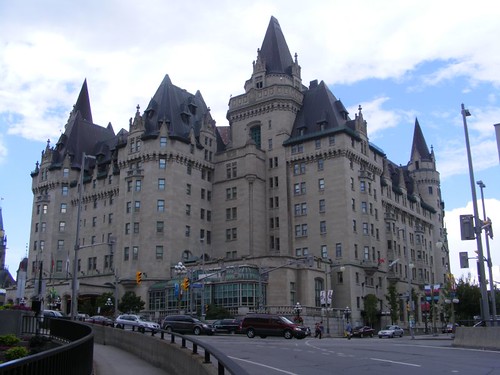
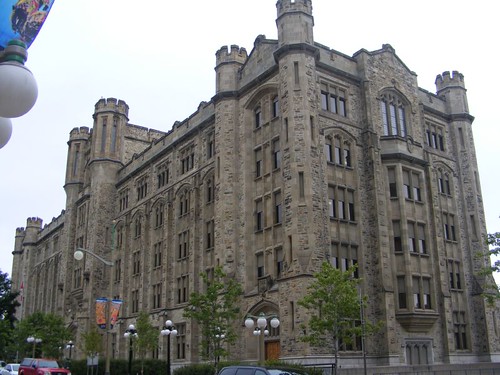

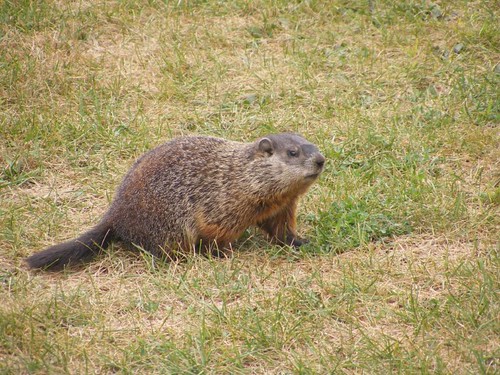
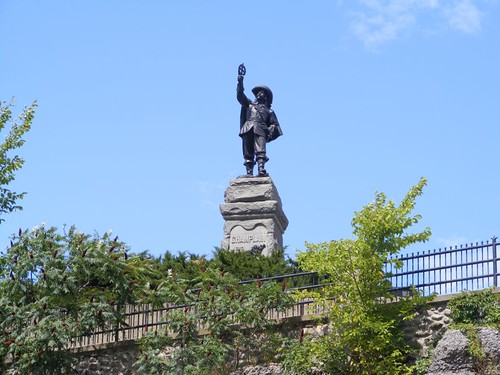
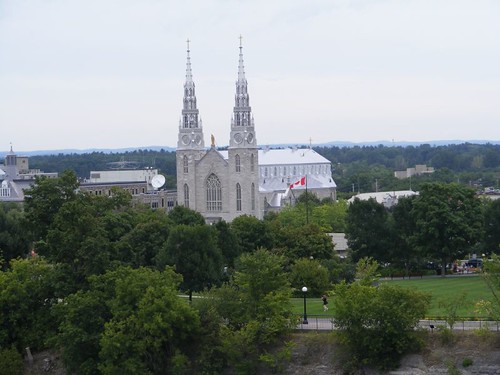
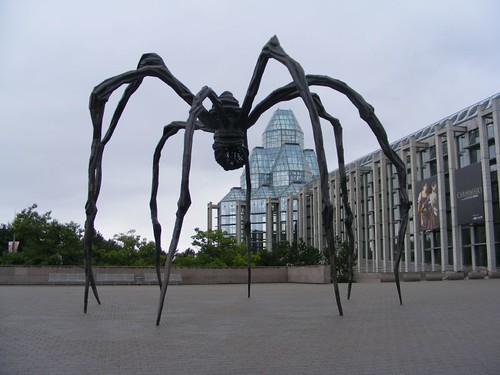

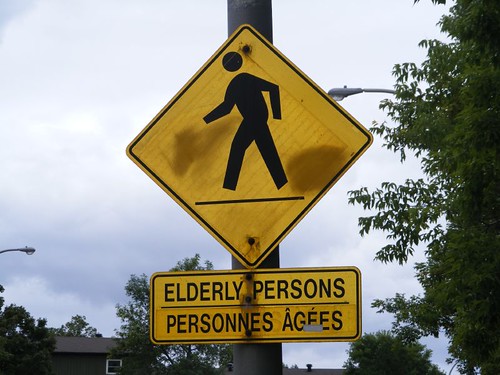
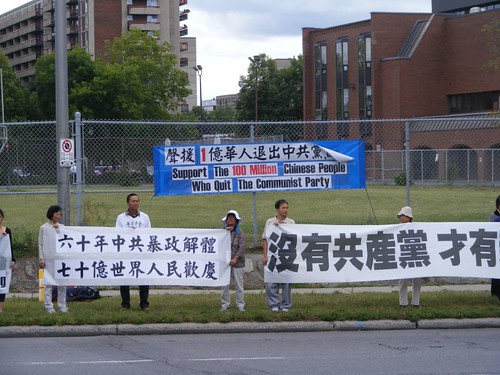
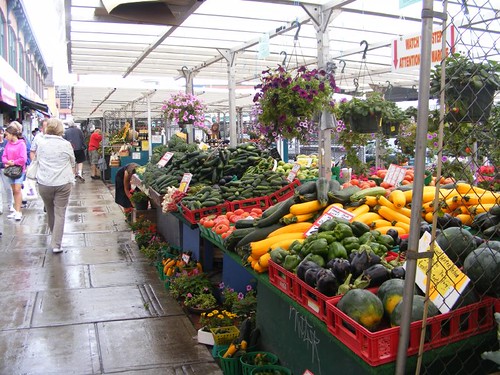
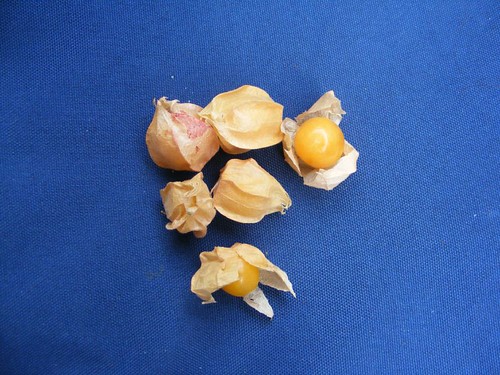
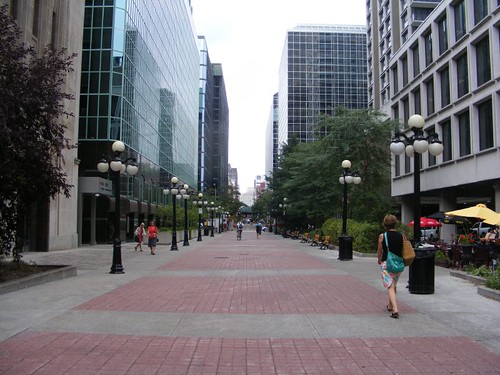








The spider sculpture (Maman) was totally cool! I didn't realize how big this is!
ReplyDeleteI just found this on WIKIpedia:
Maman (1999) is a sculpture by the artist Louise Bourgeois. The sculpture, which resembles a spider, is over 30ft high and over 33ft wide, with a sac containing 26 marble eggs. The title is the familiar French word for Mother.
oops forgot to sign - thanks for the pics and the fun!
ReplyDeleteJerry